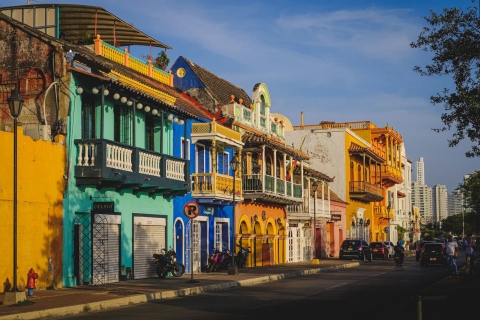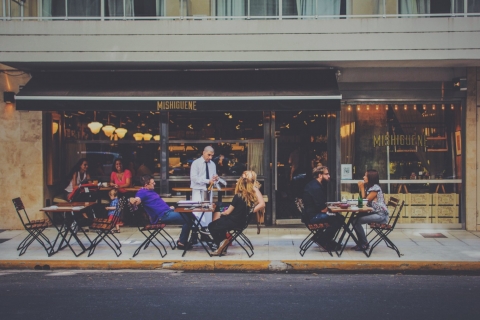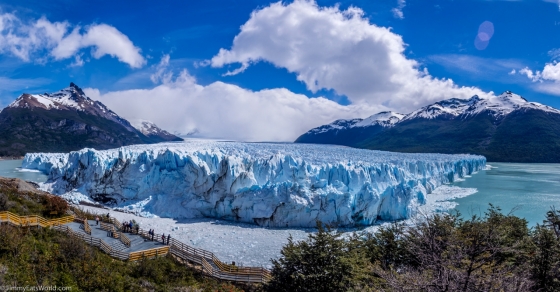Rosario Weather and Climate: A Comprehensive Guide
The temperature in Rosario can vary greatly throughout the year.
The temperatures shift from very warm
to mild.
It also has a notably wet climate with much precipitation.
Let's now guide you through the climate details for a complete overview.
Average maximum day and minimum night temperature
Depending on the time of the year, temperatures range from very warm to moderate in Rosario. Average maximum daytime temperatures range from a very warm 31°C in January, the warmest time of the year, to a moderate 17°C during cooler months like July.
At night, temperatures typically drop to an average of around 6°C during these months. Check out our detailed temperature page for more information.Temperature ranges by month
Precipitation and rainy days
Rosario has a relatively rainy climate with high precipitation levels, averaging 1082 mm of rainfall annually. Significant seasonal changes in precipitation occur throughout the year. During the wetter season, March receives high rainfall, averaging 130 mm of precipitation, recorded across 9 rainy days. In contrast, the drier season, July brings less rainfall, with 37 mm over 5 rainy days. For more details, please visit our Rosario Precipitation page.The mean monthly precipitation over the year, including rain, hail and snow
Sunshine over the year
Seasonal changes in sunshine hours are quite dramatic in Rosario. While January receives considerable daily sunshine with up to 9.8 hours, June marks the darkest time of the year, where sunshine is scarce with only 4.7 hours of sunlight per day. Visit our detailed sunshine hours page for more information.Monthly hours of sunshine
Daily hours of sunshine
Average humidity
The relative humidity is high throughout the year in Rosario.
The city experiences its highest humidity in May, reaching 82%. In December, the humidity drops to its lowest level at 68%. What does this mean? Read our detailed page on humidity levels for further details.
Relative humidity over the year
Average wind speed
The mean wind speed over the year ranges from 3 m/s in February, March, April, May and June to 5 m/s in September and October.
The mean monthly wind speed over the year (meters per second)
clear and no rain clear and no rain almost clear and no rainForecast for Rosario
Select a Month of Interest
Check the conditions for any month of the year.
The best time of year to visit Rosario in Argentina
During the months of April, May, September and October you are most likely to experience good weather with pleasant average temperatures that fall between 20°C and 26°C.Other facts from our historical weather data:
January has an average maximum temperature of 31°C and is the warmest month of the year.
The coldest month is July with an average maximum temperature of 17°C.
March tops the wettest month list with 130 mm of rainfall.
July is the driest month with 37 mm of precipitation.
January is the sunniest month with an average of 294 hours of sunshine.
No idea where to travel to this year? We have a tool that recommends destinations based on your ideal conditions. Find out where to go with our weather planner.




